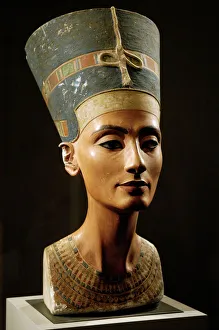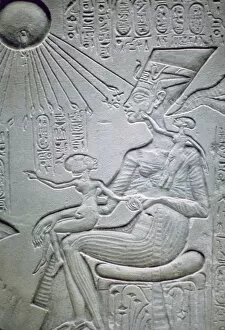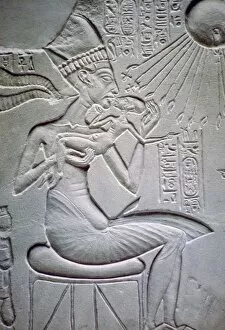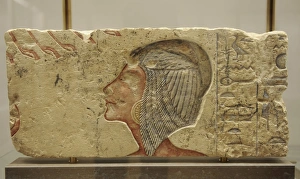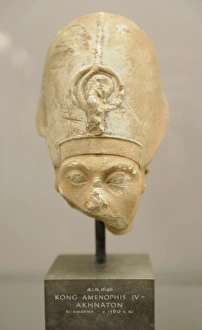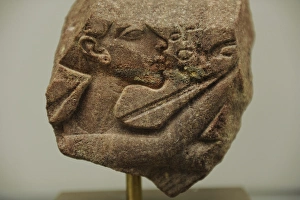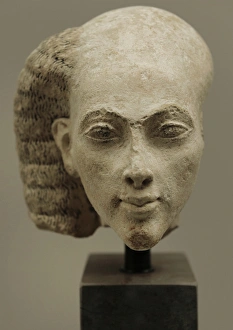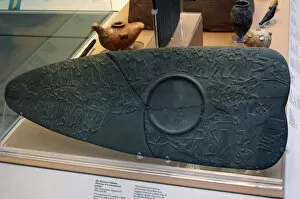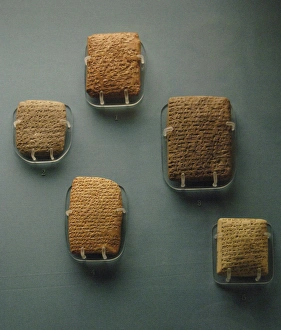El Amarna Collection
"El Amarna: A Glimpse into Ancient Egyptian Art and Royalty" Step back in time to the enchanting world of ancient Egypt with El Amarna
All Professionally Made to Order for Quick Shipping
"El Amarna: A Glimpse into Ancient Egyptian Art and Royalty" Step back in time to the enchanting world of ancient Egypt with El Amarna, a treasure trove of artistic masterpieces. This archaeological site, located on the east bank of the Nile River, offers a captivating insight into the reign of Pharaoh Akhenaten and his queen Nefertiti. One cannot help but be mesmerized by the iconic Nefertiti bust, crafted from limestone and stucco. Housed in Berlin's Neues Museum, this exquisite piece showcases the beauty and grace that epitomized Egyptian art during this period. As we delve deeper into El Amarna's rich history, we encounter stunning reliefs depicting both Pharaoh Akhenaten and Queen Nefertiti. These intricate carvings provide a glimpse into their lives as they ruled over Egypt with an unprecedented devotion to their sun god Aten. The presence of Princess Meritaten is also felt strongly at El Amarna through her beautifully preserved relief. This artwork serves as a testament to her importance within the royal family during the illustrious Amarna Period. Amongst these remarkable artifacts lies a head from a Shabti belonging to Akhensten himself. Crafted from limestone around 1352-1336 BC, it stands as an enduring symbol of pharaonic power and authority. Another striking piece is the profile-bust sculpture portraying Pharaoh Akhenaten from Amarna. The delicate craftsmanship captures his unique features while showcasing his divine status as ruler. Nefertiti takes center stage once again alongside two of her daughters in another awe-inspiring depiction found at El-Amarna. Their regal elegance emanates from every brushstroke or chisel mark on this timeless masterpiece. A heartwarming portrayal shows Pharaoh Akhenaten tenderly holding one of his daughters—a touching reminder that even amidst grandeur and power, familial bonds remained paramount.

